195 years and counting, New Brunswick exhibition still going strong
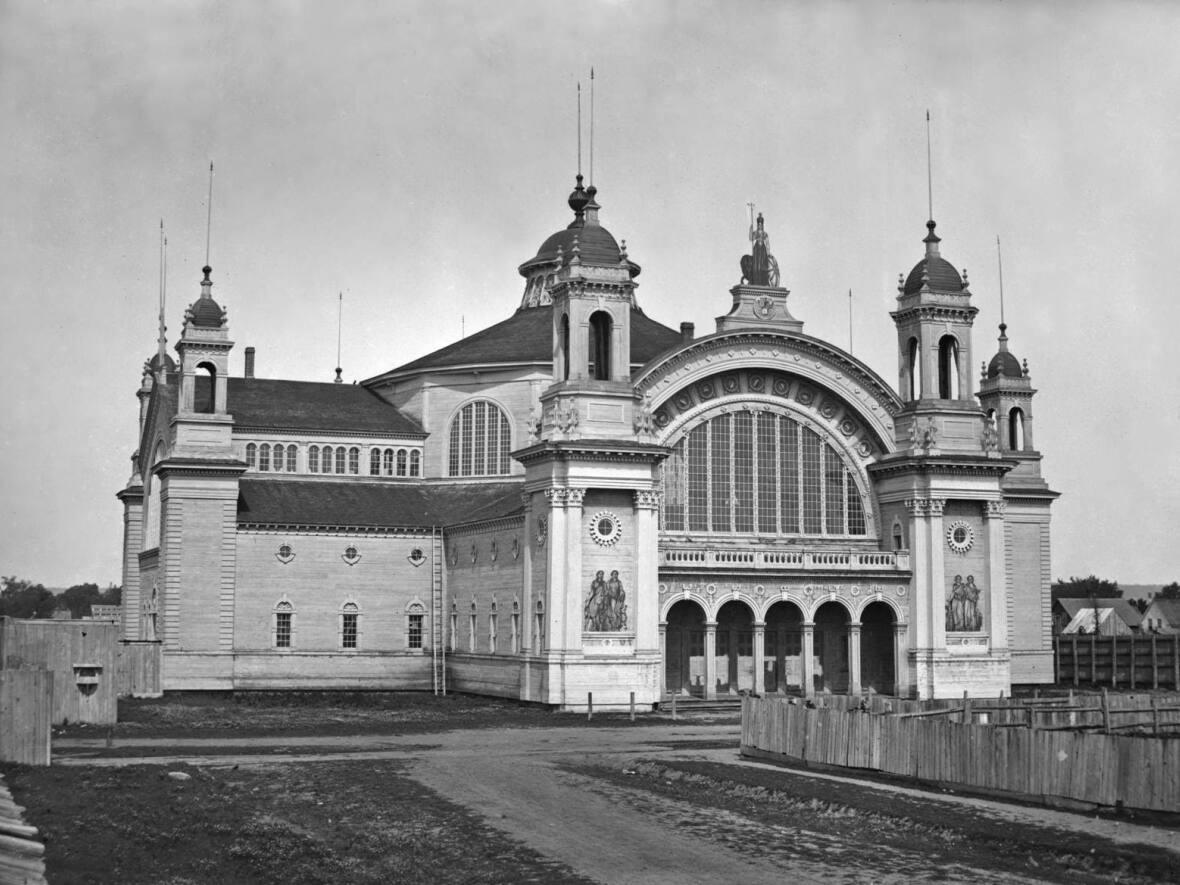
For almost two centuries the New Brunswick Exhibition has served as the unofficial kick-off to fall in the capital city.
It also comes at the start of a three-week period that includes the return of students to the city's universities and colleges and the ever-popular Harvest music festival.
The exhibition has a long and colourful history and is still going strong, according to Mike Vokey, executive director of the New Brunswick Exhibition and the Capital Exhibit Centre.
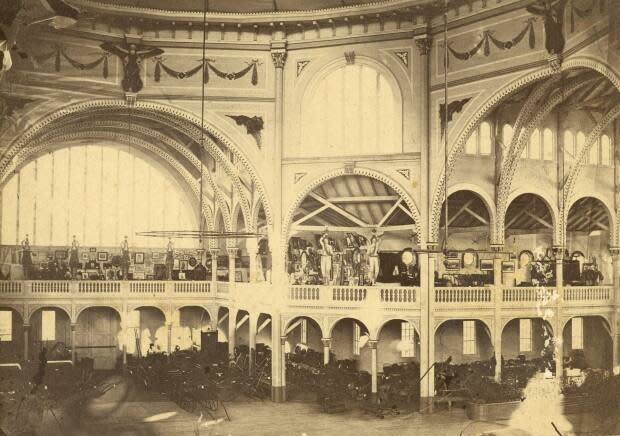
He said these days the Fredericton event is kind of going against the norm across North America.
"Lots of fairs are having struggles getting exhibitors, getting farmers to participate, getting animals … many fairs struggle to be able to keep presenting the agriculture program, and Fredericton over the last decade has grown."
Here are just some ways the exhibition has changed, and stayed the same, in its long and illustrious history.
Moving the venue
The exhibition grounds haven't always been on Smythe Street near Wilmot Park.
The forerunner to the current exhibition, an annual provincial cattle show, was held at the Fredericton race track in 1827.
Later, what was called the Colonial Palace was built down by the St. John River, roughly where the Beaverbrook Art Gallery stands now, across from the legislature.
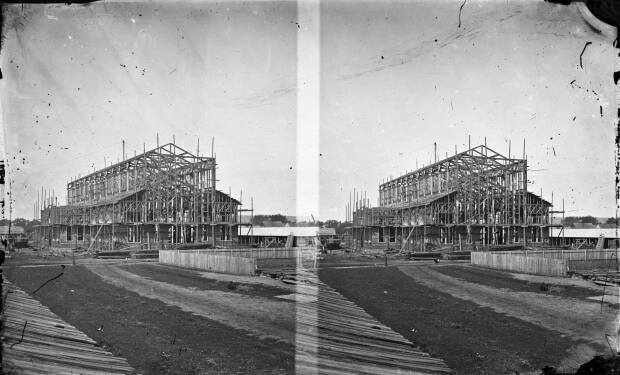
That site held various provincial expos, but what could be considered the first popular home for the event didn't happen until 1864 when the Exhibition Palace was built on the corner of Westmorland and Saunders streets.
The palace had the layout of a Greek cross, with an 80-foot high dome, and would be considered an impressive structure now, let alone in 19th-century Fredericton.
Unfortunately, that structure didn't last and was destroyed by fire in 1877.
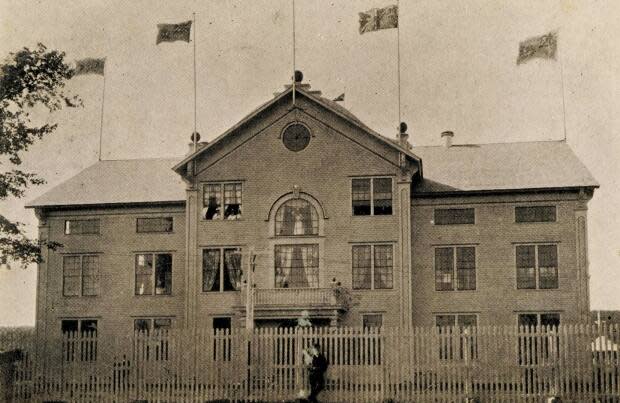
The exhibition was then moved to its current location on Smythe Street and a second, somewhat less impressive exhibition building was built.
Fires were an ongoing issue for wooden structures in those days. That building also burned down in 1882.
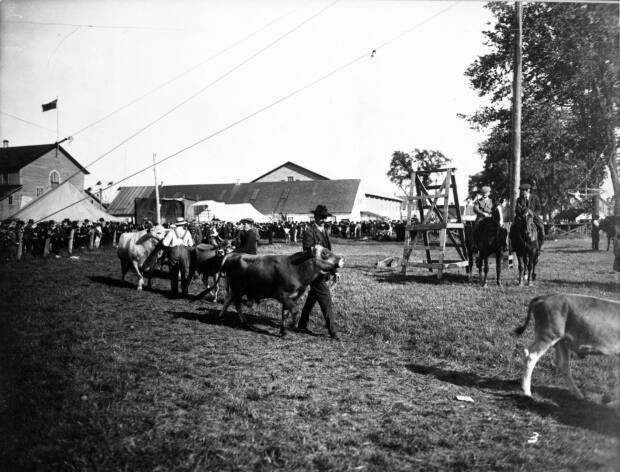
A further third hall was subsequently built but was turned into soldier barracks during the early days of the Second World War, and it, too, burned down in 1939.
The military then built their own barracks on the site, which were used as exhibition space after the war until 1960 when the coliseum was opened.
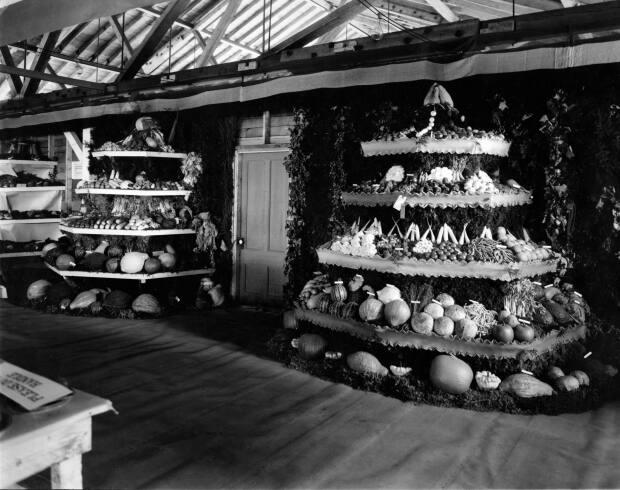
The exhibition has remained relatively fire-free in recent years, except for one in 1982 which destroyed some livestock barns.
Agriculture & entertainment
Since the founding of the exhibition, promotion of the province's agriculture has been a priority and the most important event was the cattle show, which continues today. The exhibits of prize-winning vegetables and baking were also key components.
Vokey said it's important for the kids who come to the exhibition to experience more than just the midway rides and cotton candy. They also get exposed to the fundamentals of food production.
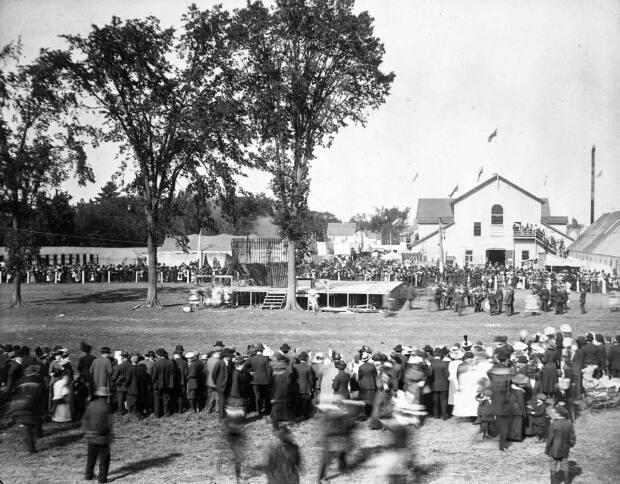
"When you ask people, little kids you know, where their milk comes from, they're more likely to say Sobeys than they are the farm," Vokey said.
But that's not to downplay the fun and excitement of the entertainment that has always brought in the crowds.
"[It's] a social event," said Vokey.
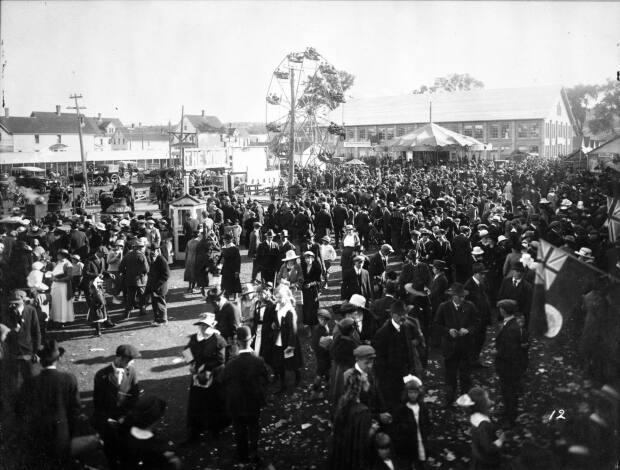
"So people would ... come into the city, they'd go to the exhibition, they'd see the entertainment, which would just be elaborate at the time, grand bands. It was all part of that big social experience."
Even at the start, there were large concerts for visitors to enjoy.
Entertainment was later expanded to include sideshows and finally the midway rides that are a fixture of the event today.

"That's why the rides are here. Bring the kids in and then while they're here, they'll get the experience of agriculture," he said.
The exhibition has been the home to numerous food and entertainment vendors, but possibly none has been as everlastingly popular as the famed dippy dog stand.
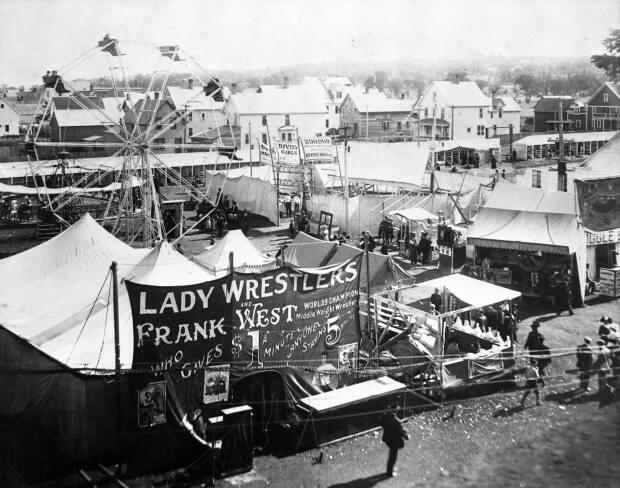
Dippy dogs are the exhibition's version of the popular carnival treat the corn dog, and are made and sold by the Fredericton Lions Club as a fundraiser.
Looking ahead
The last few years have not been easy for the New Brunswick Exhibition.
In 2020, the event was strictly virtual and while there was an exhibition in 2021, it took place at a time when COVID-19 was still very much on people's minds.
Even this year there are some restrictions on events because of the pandemic.
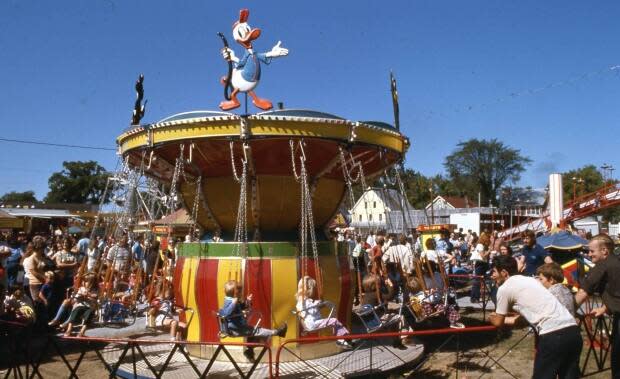
"We're still impacted here in Fredericton because we have been using the facility with Horizon Health to offer the testing on-site," said Vokey.
"So we're still limited on how many of the indoor attractions and events we can have."
Still, Vokey is planning for a great year that will give people a chance to get out and enjoy this annual tradition.
"I think people [are] really needing a reason to get out and fairs are outdoors," said Vokey.
"I think everybody agrees that a large gathering outside — it's the safest way to get together."
The exhibition kicks off on Sept. 4 and runs for eight days.


